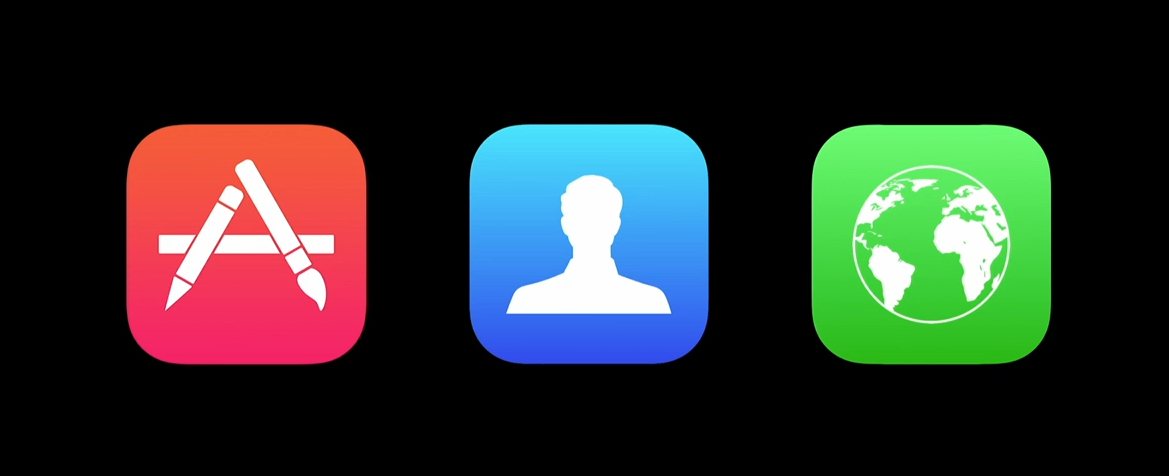Stephanie M. Lee, writing for BuzzFeed on an upcoming study by the University of California built with ResearchKit:
Now, a team of researchers at the University of California, San Francisco is gearing up for what may prove to be the largest national study of LGBT health ever — and it’s using the iPhone to do it.
Dubbed the PRIDE Study, the effort will use an iPhone app based on Apple’s new ResearchKit software framework to assess the special health needs of the LGBT population. UCSF researchers plan to survey people about a broad range of health risk factors that may include HIV/AIDS, smoking, cancer, obesity, and depression. And they hope that the PRIDE Study app and the iPhone’s vast user base will deepen medical research into transgender and bisexual individuals — both relatively understudied populations compared to lesbians and gay men.
“The main question there is, what is the relationship between being LGBTQ — or more broadly a sexual or gender minority person — and mental and physical health?” Mitchell Lunn, co-director of The PRIDE Study and a clinical research fellow at UCSF, told BuzzFeed News. The app is debuting in June, LGBT Pride Month, just days before San Francisco’s annual Pride parade and ahead of an expected Supreme Court ruling on same-sex marriage.
Great initiative. Hopefully we’ll continue to see more of these studies at a global scale.


